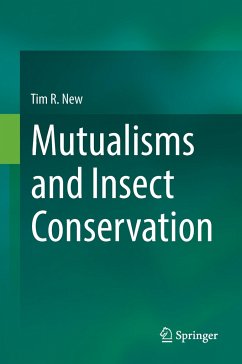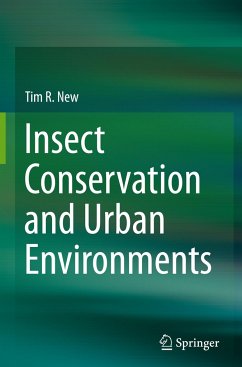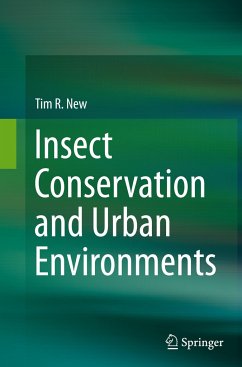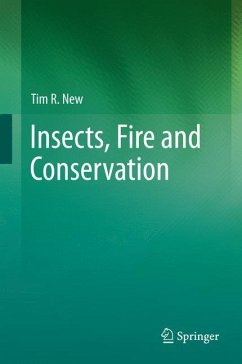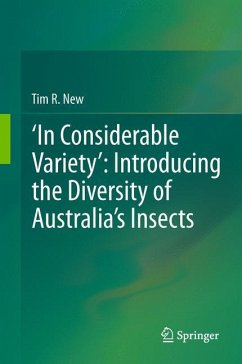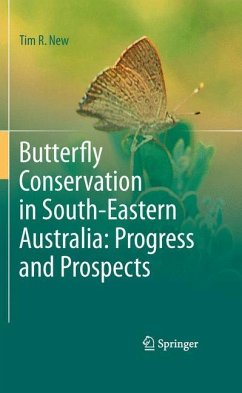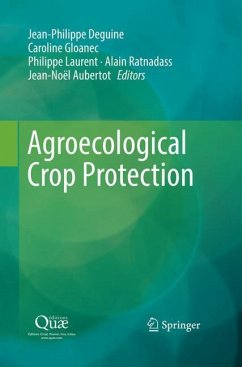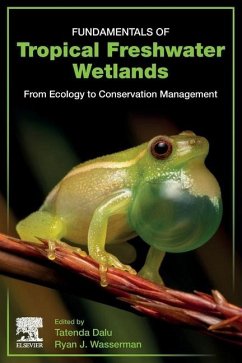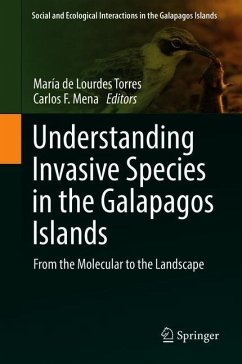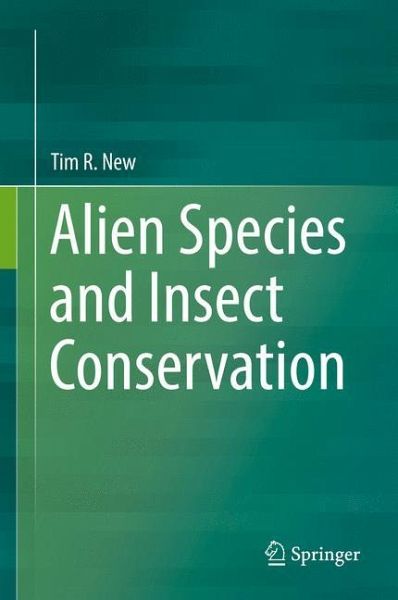
Alien Species and Insect Conservation
Versandkostenfrei!
Versandfertig in 6-10 Tagen
76,99 €
inkl. MwSt.
Weitere Ausgaben:

PAYBACK Punkte
38 °P sammeln!
This overview of the roles of alien species in insect conservation brings together information, evidence and examples from many parts of the world to illustrate their impacts (often severe, but in many cases poorly understood and unpredictable) as one of the primary drivers of species declines, ecological changes and biotic homogenisation. Both accidental and deliberate movements of species are involved, with alien invasive plants and insects the major groups of concern for their influences on native insects and their environments. Risk assessments, stimulated largely through fears of non-targ...
This overview of the roles of alien species in insect conservation brings together information, evidence and examples from many parts of the world to illustrate their impacts (often severe, but in many cases poorly understood and unpredictable) as one of the primary drivers of species declines, ecological changes and biotic homogenisation. Both accidental and deliberate movements of species are involved, with alien invasive plants and insects the major groups of concern for their influences on native insects and their environments. Risk assessments, stimulated largely through fears of non-target impacts of classical biological control agents introduced for pest management, have provided valuable lessons for wider conservation biology. They emphasise the needs for effective biosecurity, risk avoidance and minimisation, and evaluation and management of alien invasive species as both major components of many insect species conservation programmes and harbingers of change in invaded communities. The spread of highly adaptable ecological generalist invasive species, which are commonly difficult to detect or monitor, can be linked to declines and losses of numerous localised ecologically specialised insects and disruptions to intricate ecological interactions and functions, and create novel interactions with far-reaching consequences for the receiving environments. Understanding invasion processes and predicting impacts of alien species on susceptible native insects is an important theme in practical insect conservation.





